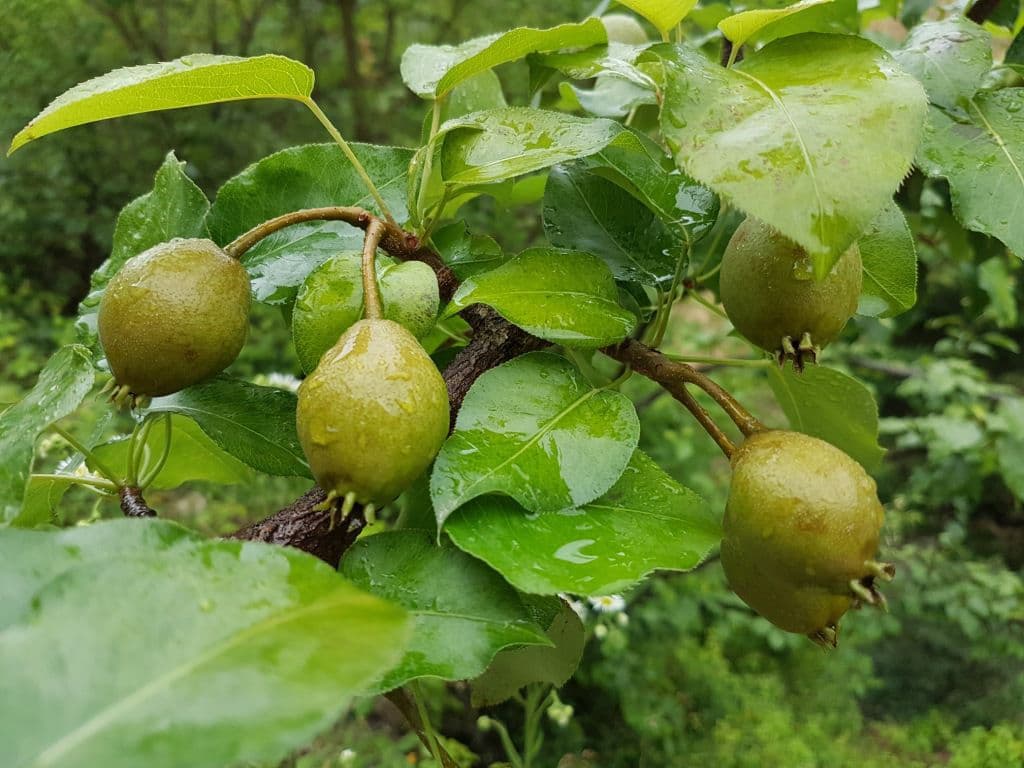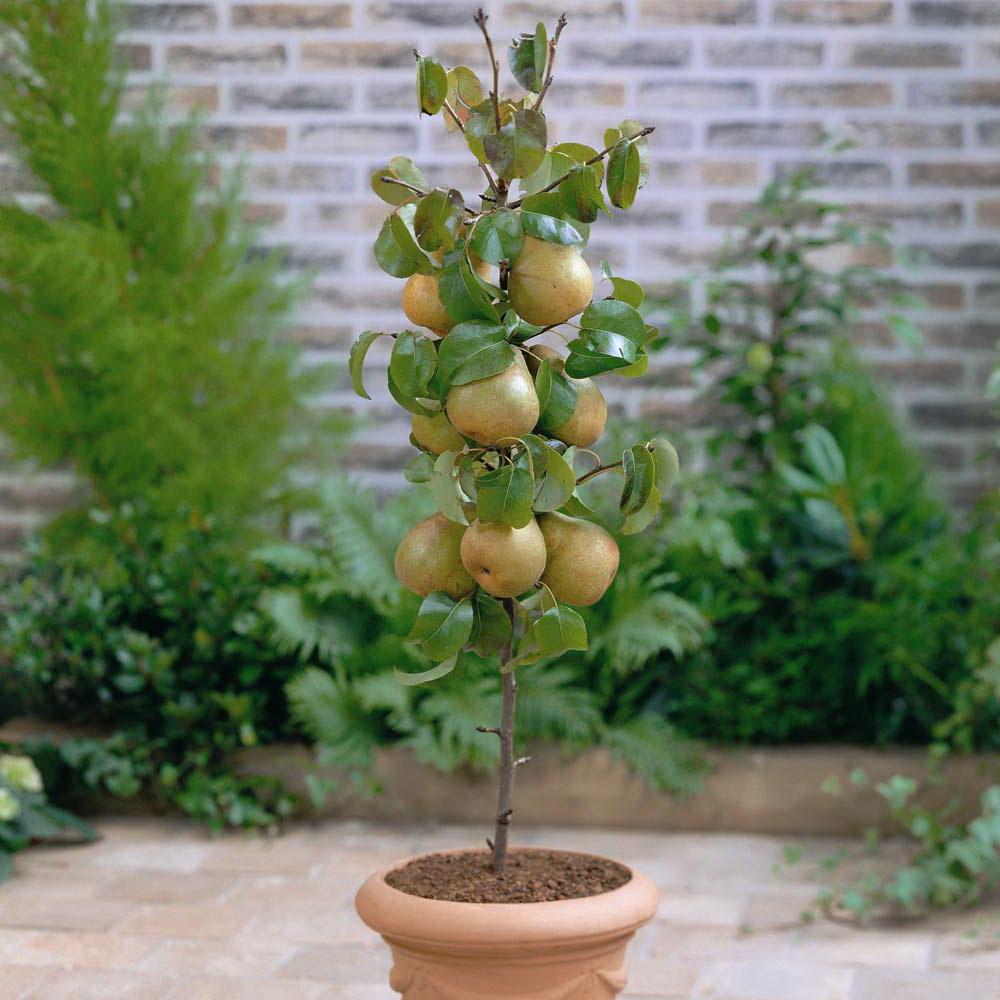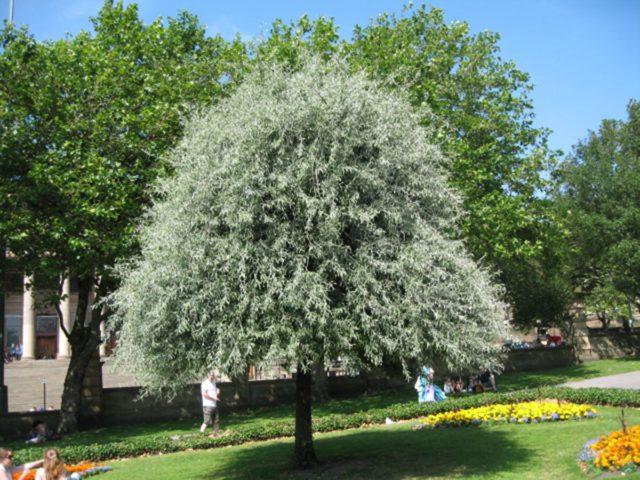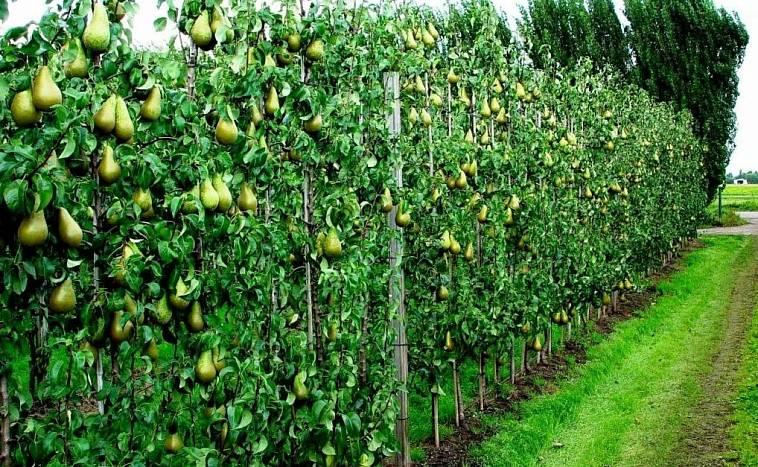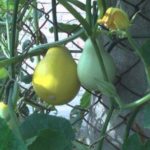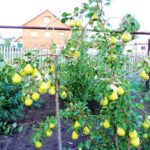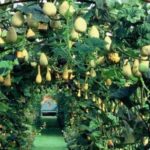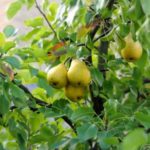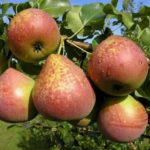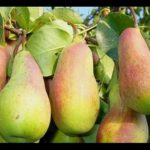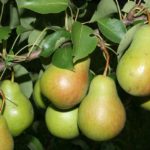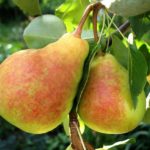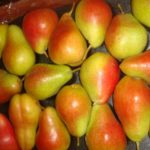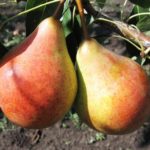Some fruit trees are of interest not only to gardeners and summer residents, but also to landscape designers. The decorative pear is an amazing tree that looks elegant and decorates the site in an original way, especially in autumn. An advantage is the simple care of the crop, which is also in demand for urban landscaping of parks and squares.
Description and characteristics of culture
The homeland of ornamental pears is China. The trees stand out for their attractive and varied appearance. Varieties of decorative crops differ in several ways:
- leaf color and shape;
- trunk height, crown size and shape;
- growing conditions (humidity and soil composition, resistance to frost, winds).
The annual climbing variety of pumpkin is mistakenly classified as a tree. The misconception about the “climbing” pear arises from the appearance of the fruit, since small pear-shaped fruits are formed on the pumpkin vines.
Common varieties
Almost all varieties of ornamental pears are distinguished by rapid growth and lush flowering of crowns of various shapes (oval, round, pyramidal). Some varieties are especially popular.
Callera Chanticleer
Trees bloom in May, sometimes flowering coincides with the period of leaf blossoming.
Vertically growing shoots first form a cone-shaped crown, and over time the vine branches give it a loose pyramidal shape.
Callery Bradford
The pear grows 11-12 m high and has a voluminous crown, the diameter of which can be 8-9 m.
Trees can decorate a site in an original way for 20-25 years.
Willow
The light-loving pear grows slowly, the trunk grows 7-9 m high (crown diameter is 3-4 m), most often planted in the Caucasus and Asia.
A distinctive feature of the Willow Pear is the tent-shaped crown formed by drooping branches. When blooming in spring, the narrow leaves have a silvery tint, which gradually turns greenish-gray over the course of the season.
Beach Hill
Trees develop well in lighted areas. It is recommended to plant seedlings in areas with slightly alkaline soil.
The pyramidal crown is formed by strong branches with oval light green leaves.
Planting and care
A sunny or slightly shaded place is ideal for planting seedlings. Without full sunlight (at least 5-6 hours a day), the trees will bloom poorly and the rich autumn color of the foliage will not be obtained.
Therefore, it is important to monitor the watering of seedlings. Crown pruning is done for decorative purposes.
Methods of protection against diseases and pests
Ornamental pear varieties are resistant to wilt, rot, oak fungus or fire blight. Preventative treatment of trees is done to prevent infection with black spot and curl.
Spraying is carried out with solutions of “Topaz”, “Fitosporin-M”. If affected areas appear on the crown, the diseased branches are cut off and burned.
Harvesting
When planting pears, you need to take into account that this is primarily an ornamental crop rather than a fruit crop. Most varieties produce inedible small fruits. But some varieties allow you to harvest. Beach Hill pears grow 2-2.5 cm in diameter and have a distinctive tart flavor. Small fruits of the Chanticleer variety, up to 1 cm in diameter, ripen for an amateur.
The main advantage of the culture is its exquisite decorative appearance, especially during the flowering period. Trees creatively decorate not only private garden plots, but also city alleys and squares. The easiest way to grow the crop is in temperate climates.

